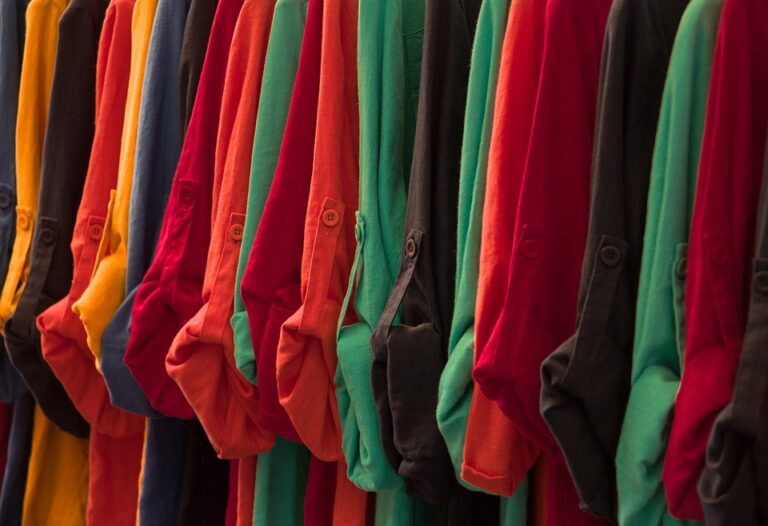Airbrushing is a technique used by artists and hobbyists alike to create stunning works of art with precision and control. One key aspect of airbrushing is paint mixing, which can make a big difference in the final outcome of your project. In this article, we will explore expert paint mixing techniques that can help you elevate your airbrushing skills and take your creativity to the next level.
Understanding Paint Mixing
Paint mixing is the process of combining different colors and tones to create a desired shade or hue. When airbrushing, it’s important to have a good understanding of color theory and how different colors interact with each other. By mastering paint mixing techniques, you can achieve smooth blends, gradients, and transitions in your artwork.
Choosing the Right Paint
When it comes to airbrushing, not all paints are created equal. It’s important to choose high-quality, airbrush-friendly paints that are compatible with your airbrush equipment. Acrylic paints are a popular choice among airbrush artists due to their fast drying time and versatility. However, you can also use other types of paints such as enamel or lacquer, depending on your project requirements.
Color Mixing Basics
Before you start mixing paints, it’s essential to have a basic understanding of the color wheel. The color wheel is a visual representation of how colors relate to each other and can help you create harmonious color schemes. Primary colors (red, blue, and yellow) can be mixed together to create secondary colors (orange, green, and purple), while tertiary colors are a combination of primary and secondary colors.
Expert Paint Mixing Techniques
1. Gradual Color Build-Up
One of the most important paint mixing techniques for airbrushing is gradual color build-up. Start by mixing a base color and gradually add lighter or darker shades to create depth and dimension in your artwork. This technique is ideal for creating realistic illustrations, portraits, and fine details.
2. Wet-on-Wet Blending
Wet-on-wet blending is a popular technique used by airbrush artists to create seamless color transitions. Start by applying a base color to your canvas or surface, then quickly layer additional colors while the paint is still wet. By blending colors while they are wet, you can achieve smooth gradients and soft edges in your artwork.
3. Color Layering
Color layering involves building up multiple layers of translucent colors to create depth and richness in your artwork. Start by applying a base color, then gradually layer additional colors on top to create highlights, shadows, and texture. This technique is great for creating vibrant illustrations, fantasy art, and abstract designs.
Conclusion
By mastering expert paint mixing techniques, you can elevate your airbrushing skills and take your artwork to the next level. Experiment with different colors, blending techniques, and layering effects to create unique and captivating pieces of art. Remember to practice regularly and don’t be afraid to make mistakes – it’s all part of the learning process. With dedication and perseverance, you can become a master airbrush artist and create stunning works of art that showcase your creativity and talent.
FAQs
Q: Can I use water-based paints for airbrushing?
A: Yes, water-based acrylic paints are a popular choice for airbrushing due to their fast drying time and easy clean-up. Just make sure to thin the paint to the proper consistency for your airbrush equipment.
Q: How do I clean my airbrush after painting?
A: Cleaning your airbrush is essential to prevent clogs and maintain optimal performance. Simply flush out the remaining paint with a cleaning solution or water, then disassemble the airbrush and clean each component thoroughly with a brush or cleaning kit.
Q: What is the best way to practice paint mixing techniques?
A: To practice paint mixing techniques, start by creating a color chart with different shades and combinations. Experiment with blending, layering, and gradient effects on a test surface before applying them to your final artwork. Practice regularly and don’t be afraid to try new techniques and color combinations.

